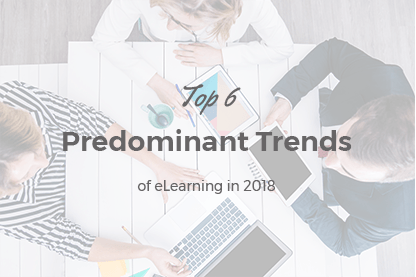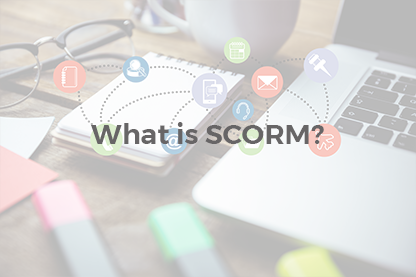Recently the term e-Learning has often been encountered in the form of Social e-Learning. Social e-Learning is learning enhanced by exchanging information via social networks. This term can be elaborated by three words – learn via communication. It is indeed very easy to publish some learning materials in a social network, create groups of participants, discuss the solutions of the set problems in groups, share experience and a lot more.
The article was last updated on August 22nd 2016.
Recently the term e-Learning has often been encountered in the form of Social e-Learning. Social e-Learning is learning enhanced by exchanging information via social networks. This term can be elaborated by three words – learn via communication. It is indeed very easy to publish some learning materials in a social network, create groups of participants, discuss the solutions of the set problems in groups, share experience and a lot more.
There are immense opportunities presented by social networks – surveys, voting, instant messages exchanging, comments etc. The Internet offers many topical social networks where people study together, solve various problems, discuss issues, share interesting solutions.
Many people think that social eLearning shouldn’t depend on a certain curriculum, all the participants should choose themselves what to study and to what extent. In various situations such attitude can have either positive or negative effect. When a person decides to study something it often happens so that they don’t know where to start. The information in social networks is often poorly structured and contains both correct and wrong statements. As a result a lot of time is wasted upon the stage of gathering information about the subject they are interested in. The user doesn’t see a result, can’t test the received knowledge. That is why studying a new subject is better to start attending some courses (it doesn’t matter if online or offline).After a certain knowledge base is acquired there it is possible to stray from a fixed curriculum and use social networks to the full without following a certain learning path or program.
It is possible of course to start working on some project without necessary knowledge and solve the problems as they come along. But such an approach can be applied only for studies. If you use it for real projects you need to be ready to start all over again and again.
To sum the above-said up it is obvious that just a social network isn’t enough to organize a full-blown online portal for eLearning.
Social networks have certain disadvantages when used for education (if you use them separately from LMS), here you can see just some of them:
- Lack of a Gradebook;
- Lack of courses and quizzes;
- Lack of an opportunity to save the progress of a student;
- Too many entertaining materials that distract from learning;
- A lot of unnecessary information.
At the moment the intercommunication of eLearning and social systems is developed much better than 2-3 years ago. Social networks are the best and most popular tool for people communication in the Internet. In the same way LMS is the most popular tool for eLearning implementation in the Internet.
We believe that the ideal solution is to use a social network and an LMS together. In this case in addition to LMS functionality we will have the following (the most significant, from our point of view, features are listed):
- Custom profile settings, a personal page with certain user information;
- Personal messages;
- Outer social network integration (Twitter, FaceBook);
- Possibility to create groups (by topics, subjects, courses etc.);
- Video galleries;
- Audio galleries;
Let’s take a look further at the option of JomSocial and JoomLMS components’ integration for the websites based on Joomla! CMS – content management system. Today JomSocial is one of the most popular components for creating a social network based on Joomla! CMS. JoomLMS is a component that allows to organize online eLearning on the websites based on Joomla! CMS.
If the components and plugins are configured correctly the following information will be shown at the personal profile page of users (those that are students in JoomLMS courses) in JomSocial:
- My announcements
- My certificates
- My courses
- My mailbox
- My files
- My homework
In order to configure JomSocial and JoomLMS integration it is necessary to download and install the JoomLMS Community Profile plugin first. You can find it among other extensions. You can find a detailed description of this plugin here. Obviously it is necessary to have both JomSocial and JoomLMS components installed on the website.
In order for the required information blocks to be displayed at the profile page please enter the admin back-end and go to Components >> JomSocial >> Applications (see the image below)
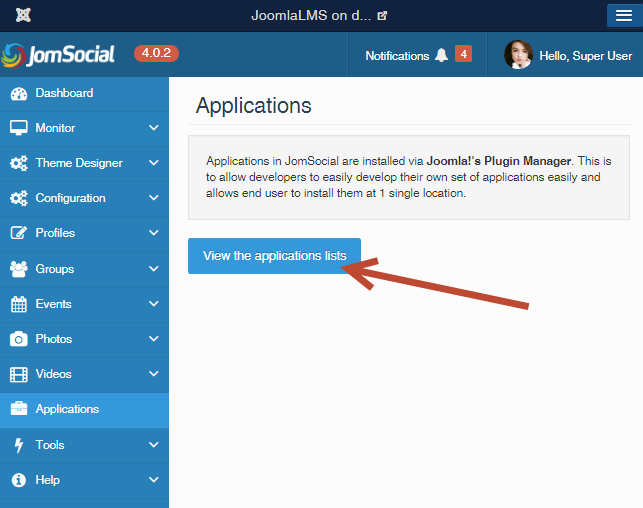
The list of plugins available for the integration is shown in the image below:
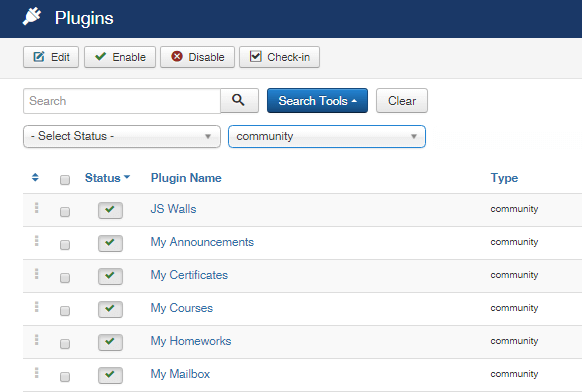
After the above-mentioned procedures all the published information blocks will be displayed at the profile page in JomSocial, see the image below:
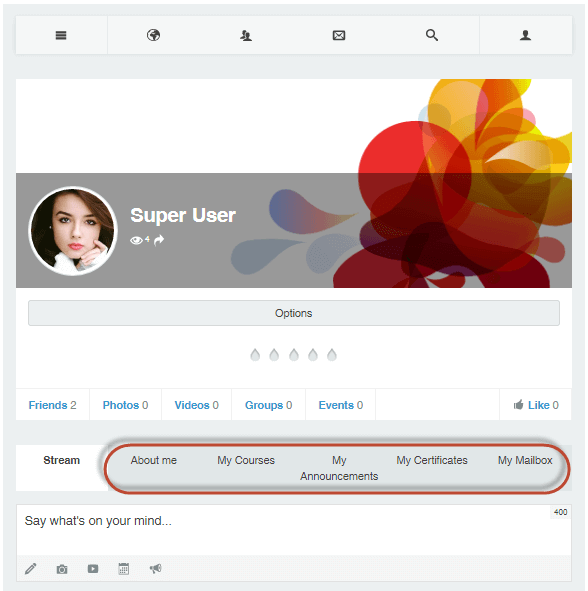
It’s not necessary to enable all the plugins at once, you may select just courses and certificates for example.
If you enroll a user as a student and the user completes the course successfully then the received certificate will be shown at the profile page, see the image below:
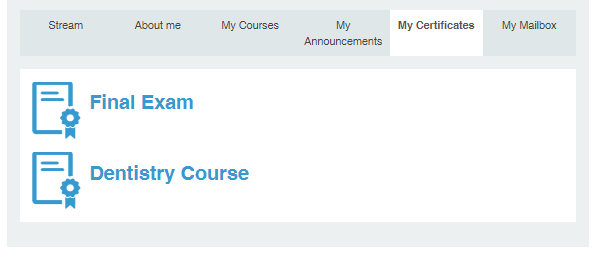
When other users enter the personal account they can see the progress of their classmates. Watching the progress of others is a good motivation for achieving their own goals in eLearning.
Practice tells us that forums used in various LMSs are popular among users only during taking the course. After the course is completed users gradually start to visit the forum less and less and lose their connection with each other. This is why having your own social network with a certain group of regular users is a perfect ground for organizing online courses on the base of an LMS. This way there is a greater probability that users who have completed some courses will remain active users of your site and social network and their number will tend to grow.
What to read next?
How to Organize ELearning Content Effectively with JoomLMS
How to Get Students to JoomLMS Classroom?
How to Use LMS Reporting to Improve ELearning Performance





